How does creativity develop within our children. Find out here!
16 August 2017
| Last updated on 2 January 2018
- Imagination
- Originality – the ability to come up with new and unique ideas on their own.
- Productivity – the ability to acknowledge different views through divergent thinking.
- Problem-solving – the application of knowledge and imagination given in a situation
How does creativity develop within our children
- The experiences children have during their first years of life can significantly enhance the development of their creativity.
- Creativity is innate within a child, most young children are viewed as highly creative, with a natural tendency to fantasize, experiment and explore their environment.
- Unfortunately, this high level of creativity is not necessarily maintained, studies show that creative processes seem to slowly decline when children enter school, at around the age of five.
- Therefore during the early years of life, we must work hard to ensure that the time they spend with us is highly focused around creative activity to guarantee they reach their creative potential in later life.
Creativity and Early Years Education
- In an early years setting, a play is the serious business of young children and the opportunity to play freely is vital to their healthy development.
- It is possible to encourage or indeed to inhibit the development of creativity in young children, throughout education.
- Creative activities help acknowledge and celebrate children's uniqueness and diversity as well as offer excellent opportunities to personalize our teaching focusing on each child's interests.
.jpg)
EYFS Opinion
You might also be interested in...
Differences in Creative Play
Free Flow, Process Focused Art Experiences
- There is a lot of confusion surrounding the concept of complete free self-expression during certain creative activities, this kind of activity focuses on the process and not the finished product.
- There are no step-by-step instructions
- There is no sample for children to follow
- There is no right or wrong way to explore and create
- The art is focused on the experience and the exploration of techniques, tools, and materials
- The experience is relaxing or calming
- The art is entirely the children’s own
- The art experience is a child’s choice

Adult Led, Product Focused Art Experiences
- This type of art activity is mainly used when a product needs to be achieved, for example, a card or wall decoration, but always keeps in mind that every piece of art work still needs to have individual traits of the child. Some aspects of this type of experience are essential and also ties in with building communication and language, as they will be encouraged to follow the instruction of the teacher.
- Children have some instructions to follow
- The teacher may have created a sample for children as a guide
- There’s a finished product in mind
- The whole class took part in an art project at the same time.
Examples of Creative Play
- Messy Play; play dough, coloured foam, gloop, spaghetti, dried cereals etc.
- Arts and Crafts; cutting, sticking, drawing, colouring, painting etc.
- Imaginary Play; role play, dress up, masks etc.
- Music and Movement; instruments, dance, sports games, parachute games etc.




.png?itok=HBSyMDok)







































































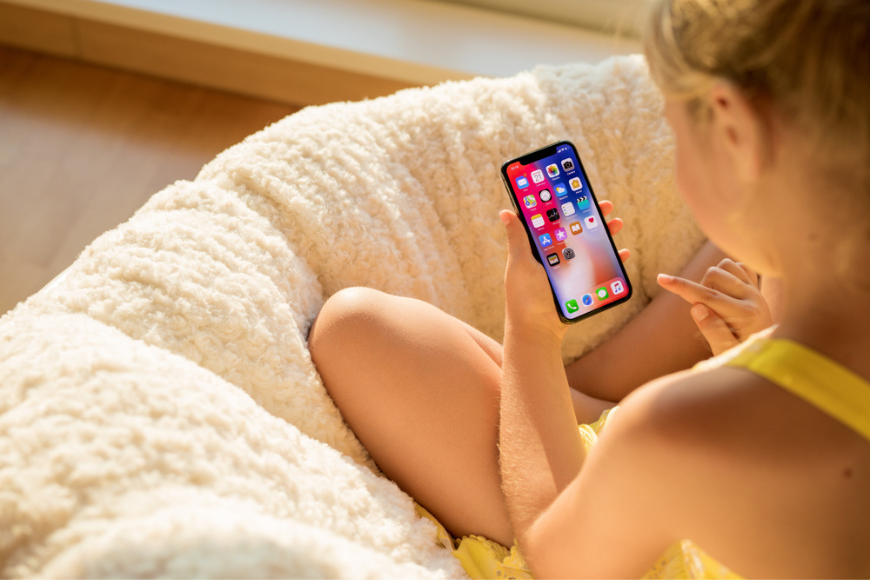
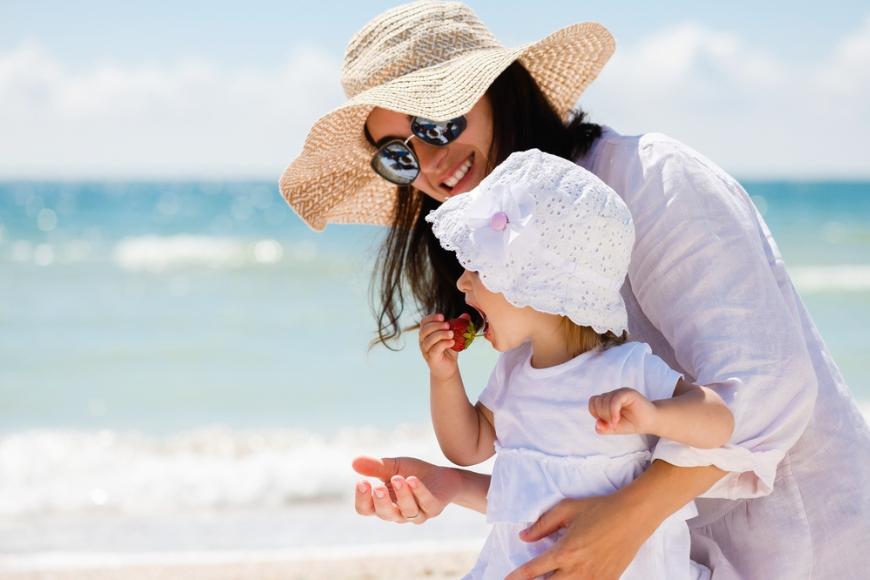
.png)
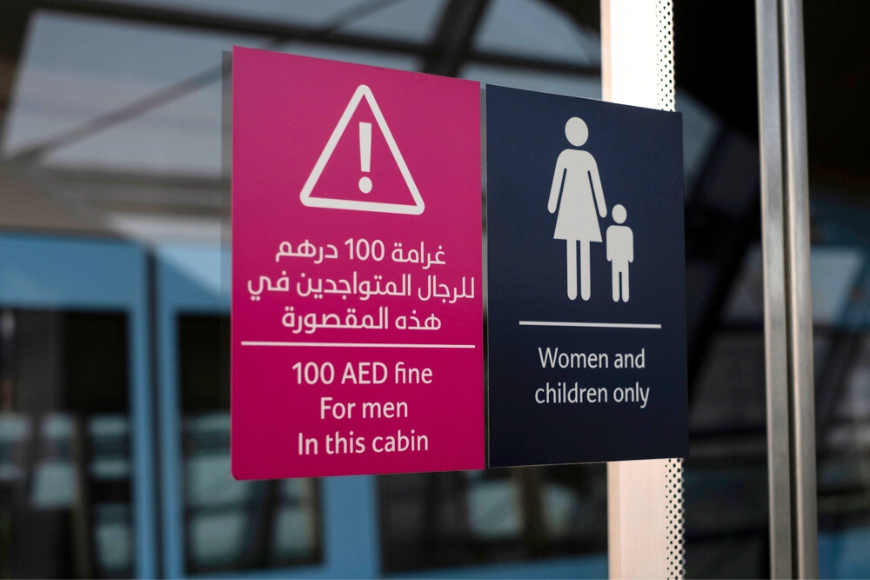
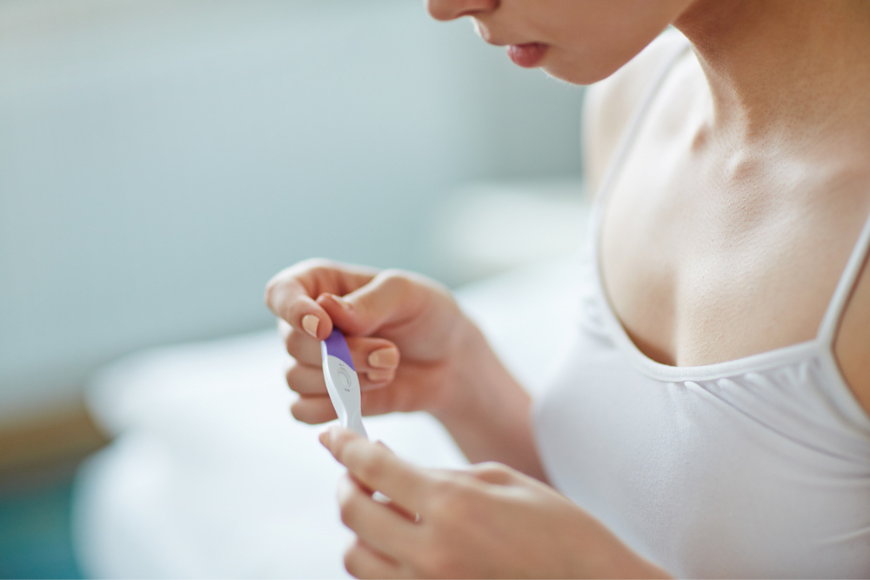
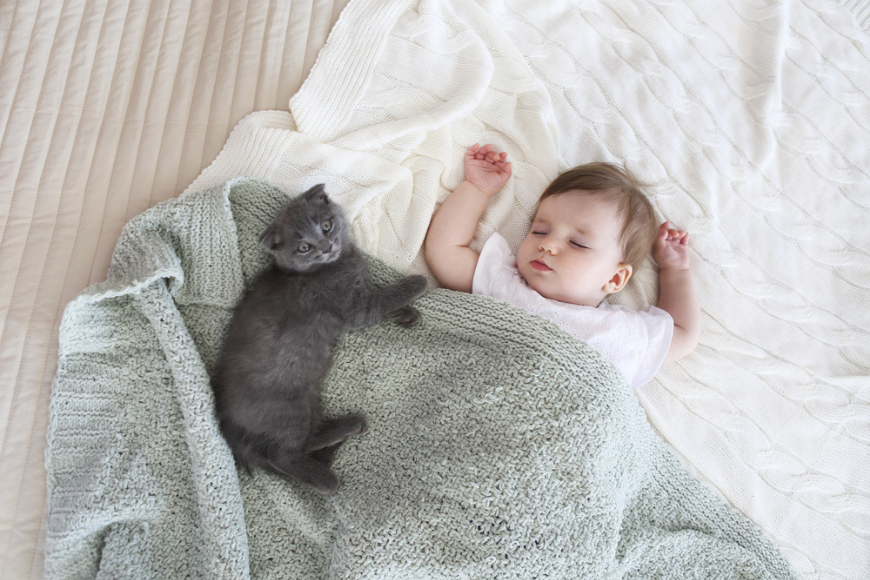
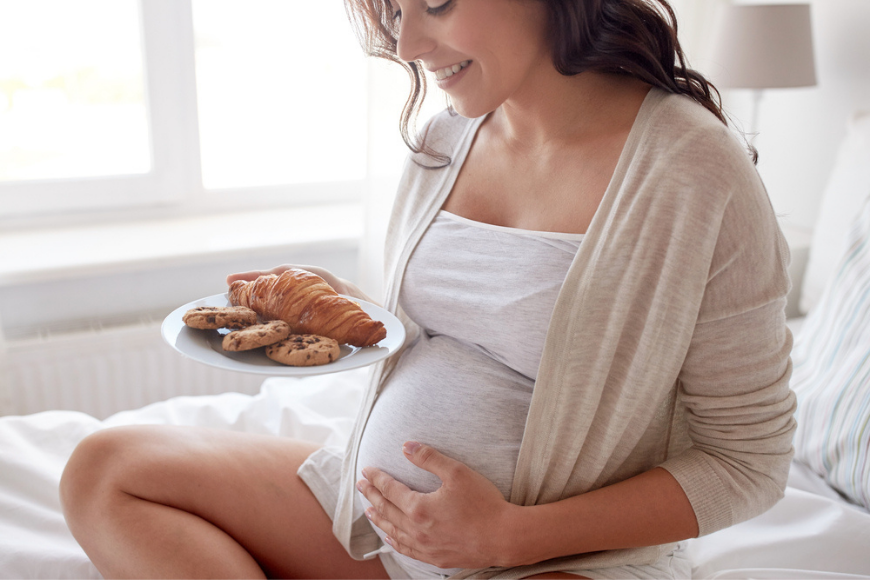
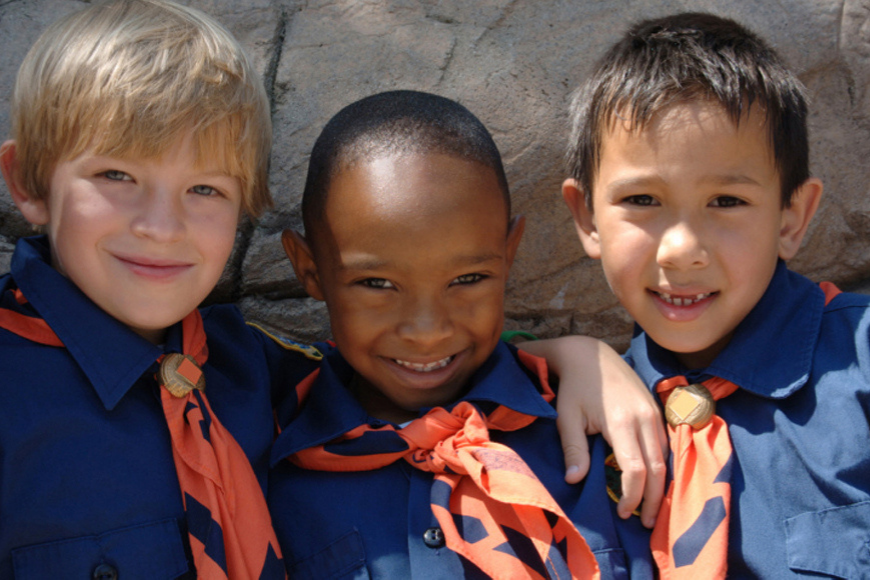
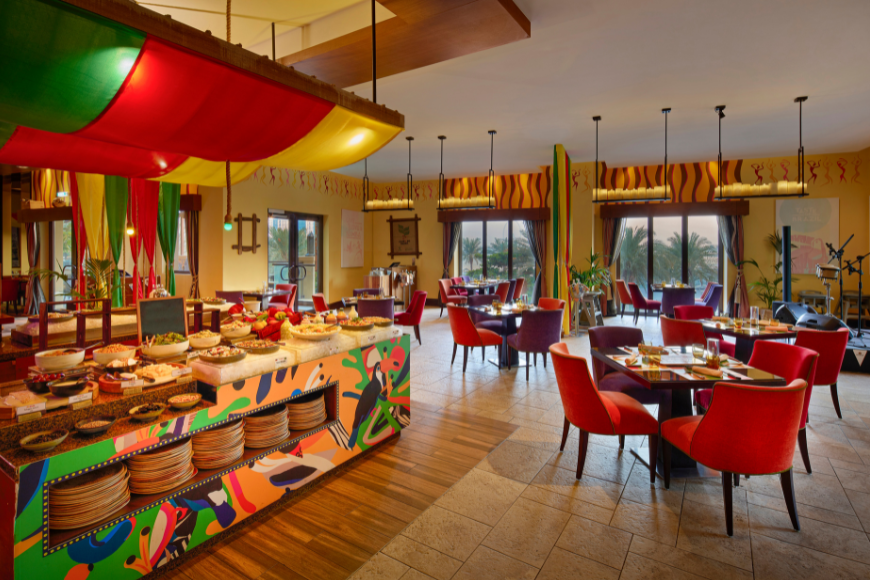
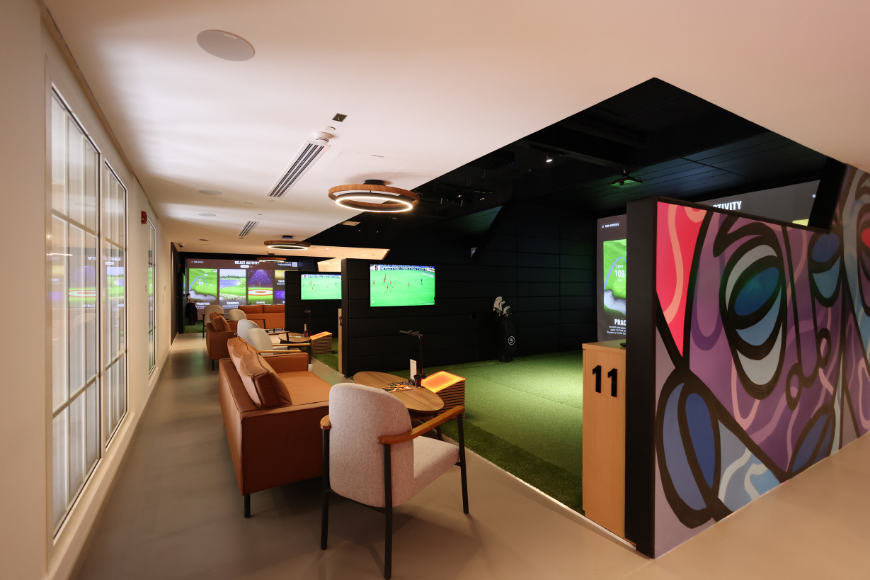
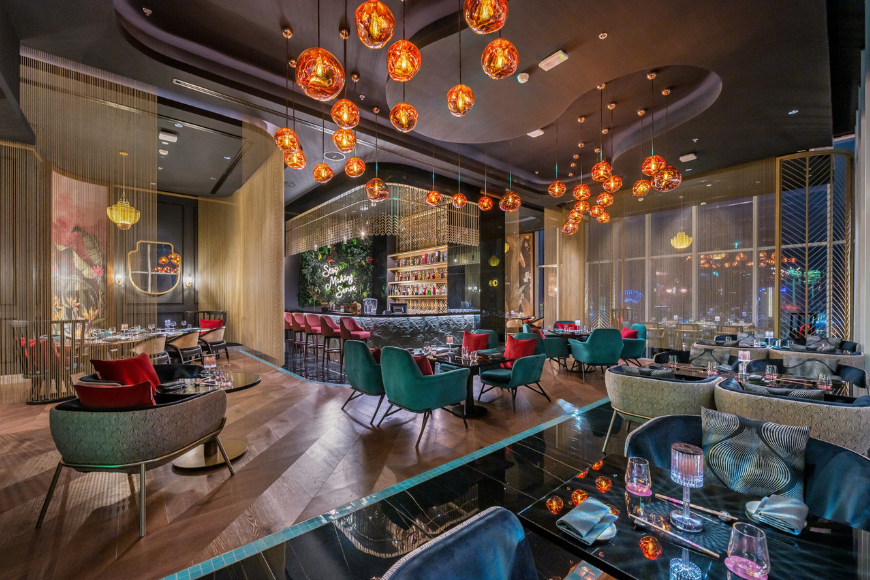
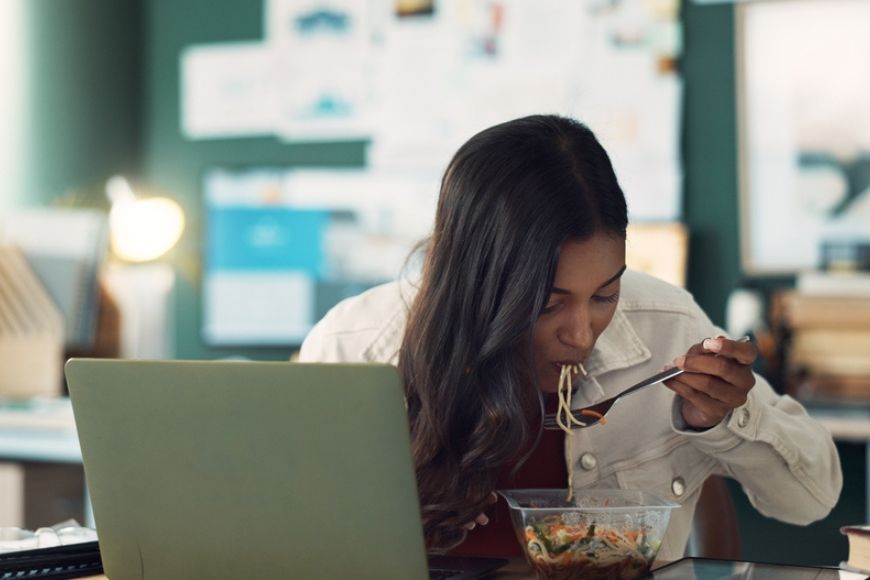
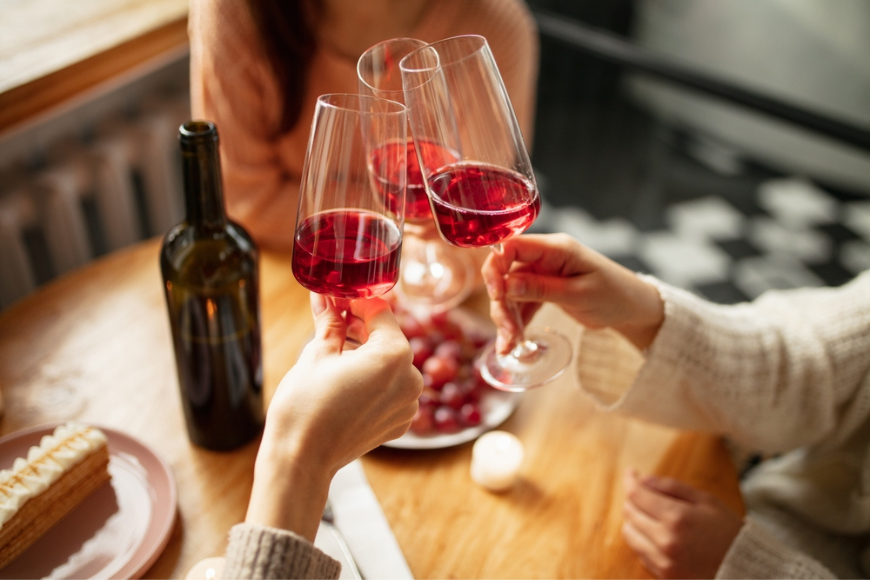

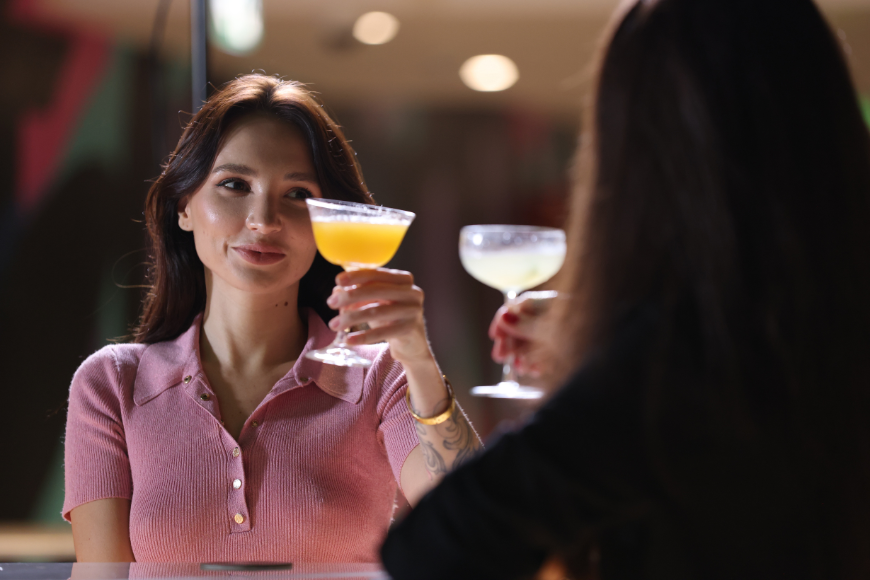
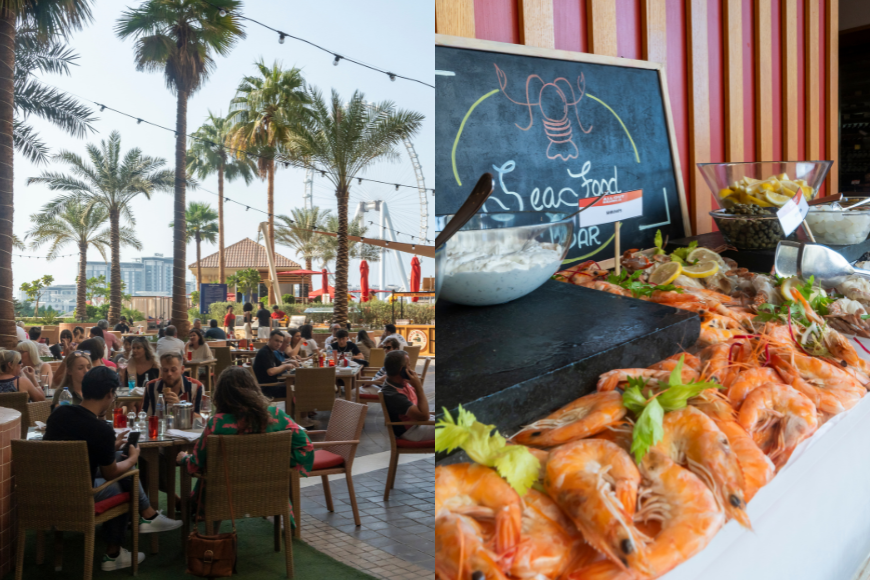













.png?itok=0fOAXkOm)

























.png?itok=EH_x0Pha)
